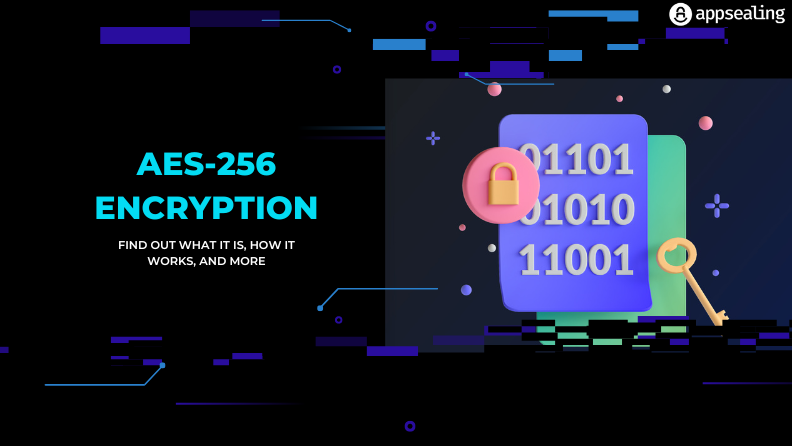In the vast landscape of digital security, encryption has carved a niche as a fundamental principle in safeguarding sensitive information. Among the various encryption standards vying for supremacy, Advanced Encryption Standard (AES) stands out, particularly its most robust iteration, AES-256. This raises an intriguing question: Is AES-256 merely a marketing facade, or does it constitute a genuine bastion of data protection?
Encryption fundamentally transforms intelligible data into a format that is unreadable without the appropriate decryption key. AES, adopted as the encryption standard by the U.S. government and trusted globally, employs symmetric key cryptography, where the same key is used for both encryption and decryption. The “256” in AES-256 refers to the length of the encryption key, measuring 256 bits, thereby providing a staggering number of possible keys: 2256, which approximates 1.1 x 1077 potential combinations. This magnitude highlights the significant cryptographic strength of AES-256, yet the question remains: does sheer complexity equate to actual security?
To answer this, it is essential to dissect the inner workings of AES-256. This algorithm functions through multiple rounds of substitutions and permutations, collectively known as the substitution-permutation network (SPN). The key length directly influences the number of rounds dictated by the algorithm; for AES-256, there are 14 rounds of processing. Each of these rounds introduces a layer of obfuscation, employing techniques such as mixing, rotating, and performing mathematical operations on the data. However, the validity of AES-256’s strength does not exclusively rest on its algorithmic foundation.
One must also consider the context in which AES-256 operates. Encryption is only one facet of a broader cybersecurity framework. It is imperative to recognize that no encryption standard can provide absolute security in a vacuum. The implementation, key management, and operational security surrounding AES-256 are critical to its effectiveness. A poorly managed key can render even the most advanced encryption protocols futile. As intriguing as AES-256’s design may be, it exposes vulnerabilities if deployed inadequately.
Despite its formidable strength, the evolution of computational power poses a tangible challenge to the long-term efficacy of AES-256. Quantum computing, a field evolving at an unprecedented pace, threatens to upend current cryptographic paradigms. Though quantum computers capable of breaking AES-256 do not yet exist, the prospect raises pertinent concerns about the future of encryption. Cryptographers are diligently working on post-quantum cryptography to counter potential vulnerabilities; thus, AES-256 may face existential threats that its predecessors did not.
Nevertheless, the cryptographic community largely regards AES-256 as exceptionally robust. The U.S. National Security Agency (NSA) has cleared its use for encrypting sensitive information, validating its reputation as a secure encryption method. Various studies, including rigorous analyses by independent researchers, have substantiated its resilience against known cryptographic attacks, such as differential and linear cryptanalysis. This academic endorsement contributes to the impression that AES-256 is more than just marketing hyperbole.
Yet, asking whether AES-256 offers real protection invites scrutiny of various factors influencing its perceived reliability. The rising surge of ransomware and cyber-attacks serves as a reminder that the implementation of encryption alone does not shield against data breaches. Security lapses, social engineering tactics, and the human factor continue to undermine even the most formidable encryption methods. An organization could deploy AES-256, yet insufficient training and awareness among employees could create exploitable vulnerabilities. This scenario illustrates that while AES-256 is a powerful tool, it is not a panacea for security concerns.
Moreover, the reliance on AES-256 has inadvertently cultivated a false sense of security in some circles. The belief that utilizing AES-256 will suffice to guard a digital perimeter may lead to complacency. This ennui can, over time, jeopardize security postures and culminate in disastrous consequences for individuals and corporations alike. Therefore, it is paramount to adopt a layered security approach employing multiple safeguards rather than placing undue dependence on any single encryption technique.
In conclusion, AES-256 stands as a testament to cryptographic ingenuity. It offers a level of protection that, when correctly implemented, can significantly mitigate risks associated with unauthorized data access. Nevertheless, it is not immune to the evolving challenges presented by advances in technology and human error. While AES-256 is far from a marketing gimmick, relying solely on it without comprehensive cybersecurity practices can lead to disillusionment. Therefore, it is essential to view AES-256 as a critical component of a larger security apparatus, ensuring that the question “Is AES-256 just marketing hype?” is met with reasoned contemplation rather than a binary answer. The realm of encryption is intricate and ever-evolving, reminding us that the pursuit of security is an ongoing journey requiring vigilance and adaptability.









Leave a Comment